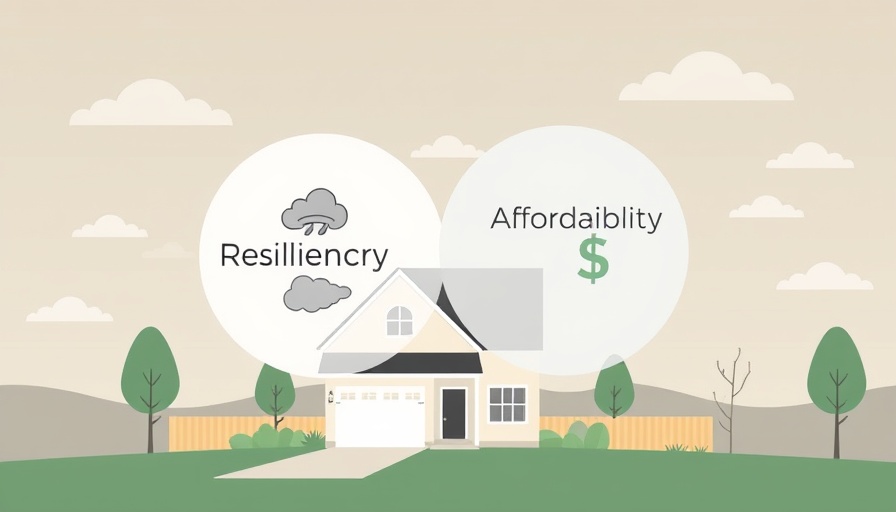
4 Ways to Balance Resiliency and Affordability in Building
As climate change accelerates the frequency and intensity of natural disasters, the need for homes to be both resilient and affordable has never been more critical. With shifting demographics and economic pressures, striking a balance between these two often conflicting principles is paramount for homeowners and builders alike.
Understanding Resiliency in Construction
Resiliency in building refers to a structure's ability to withstand environmental stresses, including extreme weather events such as hurricanes, floods, and rising temperatures. This quality not only protects lives and property but also contributes to long-term community stability. However, achieving this level of strength and durability often requires higher initial investments in materials and techniques.
Affordability: A Growing Concern
The skyrocketing costs of construction and housing in many urban areas present a major challenge. Affordability is not just about the upfront costs but encompasses long-term maintenance and utility expenses. Thus, builders must look for innovative approaches that do not compromise the structural integrity or long-term viability of homes.
Innovative Materials and Techniques
Utilizing non-toxic materials and cutting-edge designs can significantly impact both resiliency and affordability. For example, buildings that incorporate “green roofs” not only enhance thermal insulation but also reduce stormwater runoff. These eco-friendly adaptations can lower energy costs over time, making them a financially savvy choice.
Planning for the Future: Policy and Community Approach
Policy changes at local and national levels will be crucial in promoting practices that enhance both resilience and affordability. Communities that prioritize sustainable urban planning can negotiate incentives to encourage builders to adopt materials and practices conducive to long-term sustainability, thereby lower initial and future costs.
Conclusion: A Roadmap Forward
To navigate the future of housing, stakeholders from builders to policymakers must engage in proactive dialogues centered around resilience and affordability. By embracing innovative approaches and facilitating equitable access to materials, the construction industry can build homes that not only endure environmental challenges but also remain financially accessible for all demographics.
 Add Row
Add Row  Add
Add 






Write A Comment